Dental office letter templates
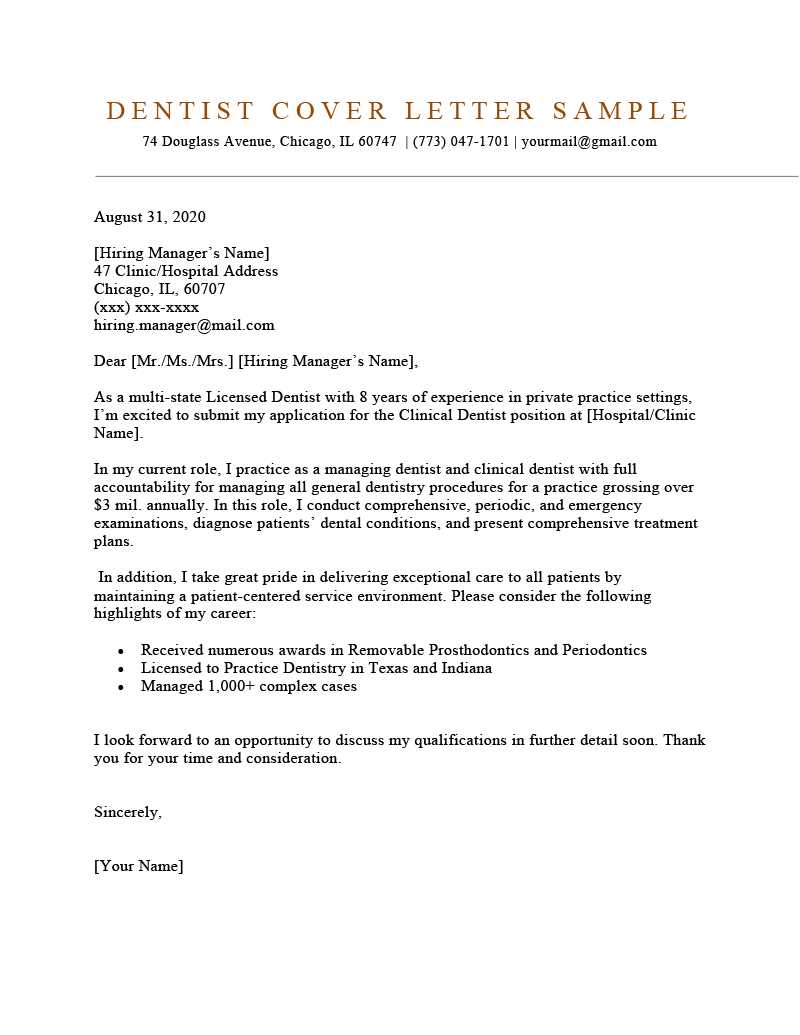
Using dental office letter templates can save valuable time and ensure your communication is clear and professional. Whether you’re notifying a patient about an appointment, addressing insurance issues, or following up on treatment, a well-written letter helps maintain a smooth workflow and build trust with patients. Templates give you a solid structure, so you can focus on the specifics rather than starting from scratch every time.
Personalized communication is key to patient relationships. Modify each template to reflect the individual needs of the patient while keeping the tone friendly and approachable. For example, when confirming an appointment, include important details like time, location, and any preparatory instructions. A simple, customized message can go a long way in reassuring patients and reducing no-shows.
Templates also help standardize communication across your office. By creating consistent letter formats, you ensure that all staff members provide the same high-quality service to your patients. Whether for reminders, billing inquiries, or follow-ups, clear, standardized messaging can eliminate confusion and enhance overall patient experience.
Dental Office Letter Templates
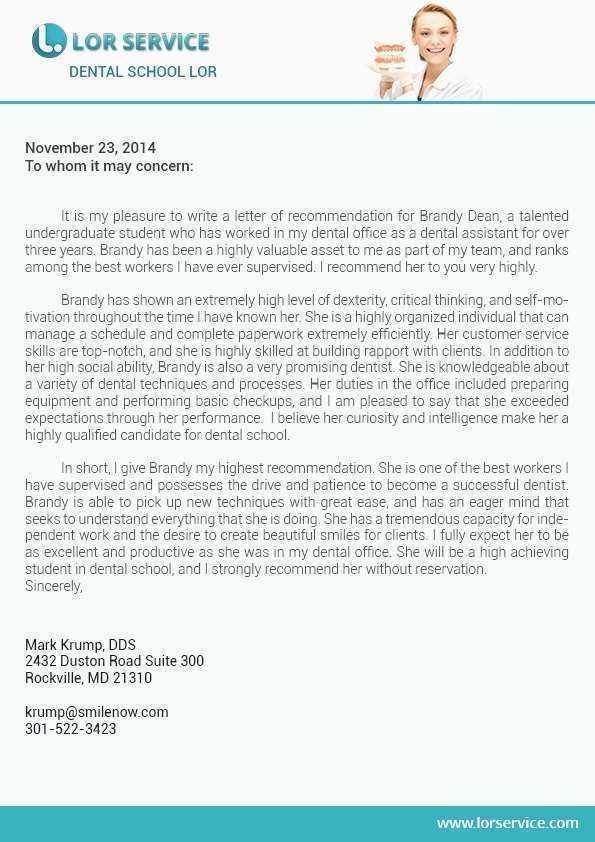
Start by using simple and direct language in all communication. A well-structured letter template can streamline office procedures and make your patient interactions smoother. Keep your templates clear, concise, and professional.
Appointment Reminder
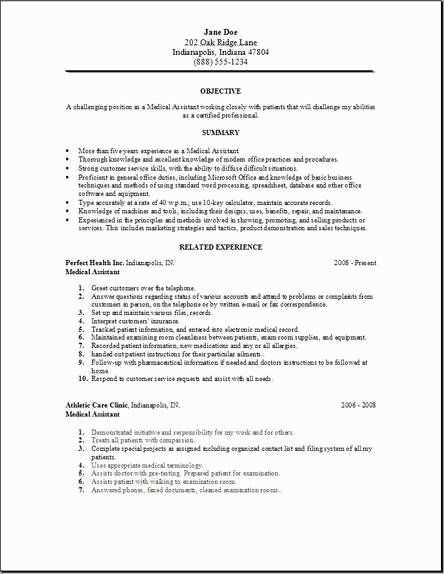
To confirm appointments, use a straightforward template that includes the patient’s name, appointment date, time, and location. Offer clear instructions if they need to reschedule, with a phone number or email address for easy contact.
Payment and Billing Notice
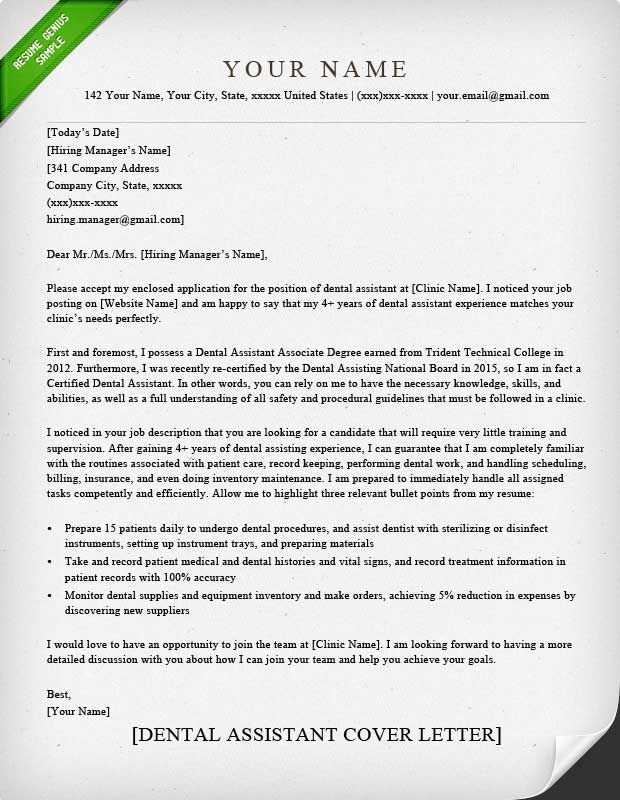
For payment reminders, ensure your letter includes a breakdown of the services provided, the outstanding balance, and the due date. Mention any payment options and provide contact details for questions or disputes.
Use templates for follow-ups on treatment plans or patient queries to maintain clear communication. A good letter template can reinforce trust and professionalism, making your office run smoothly.
How to Create a Professional Appointment Reminder Letter
Keep the tone polite and clear. Begin with a friendly greeting, including the patient’s name. Mention the date, time, and location of the appointment early in the letter to ensure the key details are immediately visible.
Specify the purpose of the reminder. A simple sentence like “This is a reminder for your dental appointment with Dr. [Name] on [Date] at [Time]” works well. Make sure the time zone is clear if relevant, especially for remote locations.
Include any important instructions. If the patient needs to bring something, such as insurance cards or a health questionnaire, mention it briefly. Also, state if any pre-appointment preparations are required, like fasting or arriving early.
If the office has a cancellation policy, clearly explain it. Keep it concise and friendly, and offer options to reschedule if needed. For instance, “If you need to reschedule, please contact us at least 24 hours in advance to avoid any cancellation fees.”
Always include a direct contact number or email for any questions or to confirm the appointment. This keeps the communication open and accessible.
Finally, end with a courteous closing. Thank the patient for their time, and express enthusiasm about seeing them at the appointment. A simple “We look forward to seeing you soon!” can leave a positive impression.
Customizing Cancellation and Rescheduling Notices for Patients
Include a clear subject line and address the patient by name at the beginning. This personal touch makes the message feel less generic and more considerate. For instance: “Appointment Cancellation Notice for [Patient’s Name]” or “Rescheduled Appointment Details for [Patient’s Name]”.
For cancellations, clearly state the reason if possible, and offer alternatives. Avoid vague language. If the appointment needs to be rescheduled, provide a range of dates and times to make it easier for the patient to choose. Ensure that these options reflect your office’s availability.
Include a reminder about your office’s cancellation policy. Specify if there’s a cancellation window and whether any fees apply. Be direct but polite. For example: “We kindly ask for 24 hours’ notice to avoid a cancellation fee.”
Keep the tone respectful and patient-friendly. Focus on accommodating the patient, and reassure them that their next visit will be prioritized. For rescheduling, express gratitude for their flexibility: “We appreciate your understanding and look forward to seeing you at a more convenient time.”
Include contact information, such as phone numbers and email addresses, in case the patient needs further assistance with rescheduling. Offer a clear call to action, like “Please call us at [phone number] or reply to this email to confirm your new appointment.”
Finally, confirm the new appointment details in the same message once rescheduling has been completed. This ensures clarity and avoids further confusion.
Writing Clear and Polite Payment Reminder Letters
Keep your tone friendly but firm when crafting payment reminders. Start with a polite greeting and quickly address the reason for the letter. Be concise about the due amount and the date it was expected. Avoid sounding accusatory, but still make it clear that the payment is overdue.
Outline the next steps for making the payment and offer assistance if needed. Giving your patient clear instructions on how they can pay, and where to find relevant details, can help them resolve the matter quickly.
Offer payment options or flexibility, if possible. This shows understanding while maintaining professionalism. Let them know that you’re available to discuss any issues they may have regarding the payment.
| Step | Action |
|---|---|
| 1. Start with a Polite Greeting | Address the recipient respectfully and professionally. |
| 2. State the Amount and Due Date | Clearly mention the overdue balance and when it was due. |
| 3. Provide Payment Instructions | Offer clear guidance on how they can pay, with any necessary details. |
| 4. Be Flexible, if Possible | Offer payment options or suggest alternative solutions, if appropriate. |
| 5. Close on a Positive Note | End the letter on a friendly note, leaving the door open for communication. |
Always review the letter for clarity before sending. A polite reminder can go a long way in maintaining positive relationships with patients while ensuring your practice receives timely payments.
Templates for New Patient Welcome Letters
Customize your welcome letters with these key elements: a warm greeting, office details, and clear next steps. Aim for a friendly tone and keep the message concise and informative.
For the letter’s structure, start with an introduction that expresses gratitude for the patient’s trust. Acknowledge the importance of their visit and assure them of the quality of care they will receive. Mention office hours, location, and any relevant contact details. Be sure to include instructions for their first appointment, such as what documents to bring, any forms to fill out, and insurance verification if applicable.
Include a section highlighting patient benefits such as emergency care availability or after-hours contact information. Offer a brief overview of your practice’s approach to dental care–whether you emphasize comfort, advanced technology, or personalized treatment plans. Provide links or attach documents to help the patient prepare, like health history forms or a map to the office.
Close the letter with a personal touch, such as a statement from the dental team or a reminder that the office is available for any questions. Invite the patient to reach out before their appointment if needed, ensuring they feel supported and comfortable throughout the process.
Here’s a sample layout for your reference:
Dear [Patient's Name], Thank you for choosing [Dental Practice Name]. We are excited to meet you and provide exceptional care. Our office is located at [Address], and we are open [Office Hours]. Please remember to bring [Documents] for your first appointment. If you need to reschedule or have any questions, don't hesitate to reach out at [Phone Number] or [Email Address]. We look forward to seeing you soon! Best regards, The [Dental Practice Name] Team
Follow-up Letters After Routine Checkups or Procedures
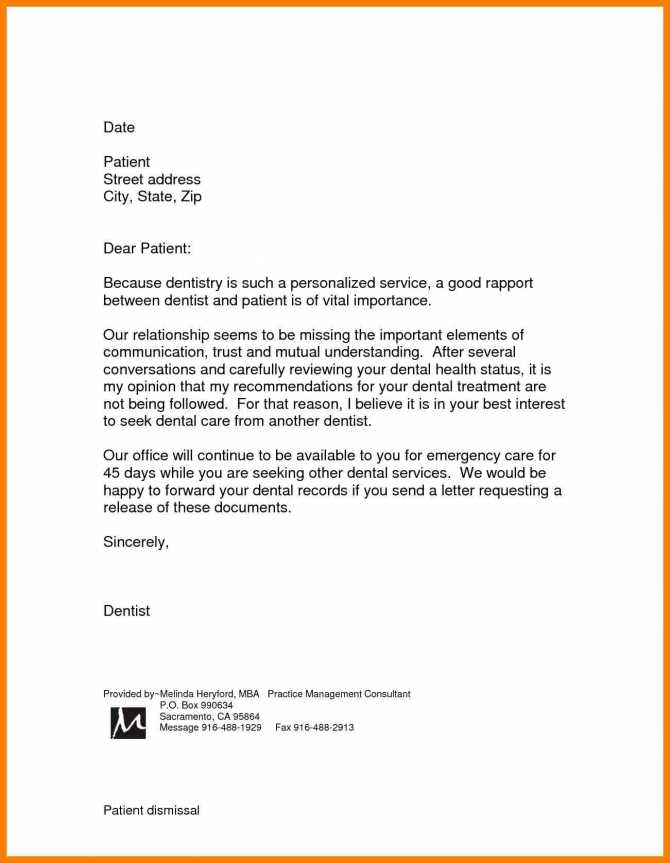
Sending a follow-up letter after a routine checkup or procedure helps maintain strong patient relationships and encourages continued care. It also provides an opportunity to check on recovery and address any concerns the patient may have.
Here are some key points to include in your letter:
- Confirm the procedure or checkup details: Briefly mention the date and reason for the visit to ensure the patient remembers the specifics.
- Ask about the patient’s condition: Inquire if they have experienced any discomfort or complications since the visit. Encourage them to reach out if they have any concerns.
- Provide any follow-up instructions: If there are any post-procedure care instructions, make sure to restate them clearly. This can include medication reminders, dietary restrictions, or scheduling a follow-up appointment.
- Offer further assistance: Let them know they can contact the office with any questions or if they need additional care. Ensure they feel comfortable asking for help when needed.
- Show appreciation: Thank them for choosing your office and express your commitment to their health and well-being.
A well-crafted follow-up letter strengthens the patient’s trust in your practice and helps ensure they feel supported throughout their care. Always aim for a friendly, approachable tone while maintaining professionalism.
Handling Appointment Confirmations: Best Practices for Clarity
Confirm appointment details clearly and concisely. Always include the date, time, and location of the appointment in the first sentence. Ensure that the patient knows how to reschedule or cancel if needed. A simple call to action such as “Please confirm by replying to this message” can prevent any confusion. If there’s a required preparation or specific instructions, include them in the message to avoid surprises on the day of the appointment.
Keep It Short and Direct
Long, wordy messages can cause confusion. Stick to the key details and avoid unnecessary information. Use bullet points if multiple pieces of information need to be listed. The patient should be able to grasp the essentials quickly without having to read through a lot of text.
Use Clear and Understandable Language
Avoid medical jargon or overly formal language that could make the message hard to understand. If you’re sending a reminder or confirmation to a non-medical person, make sure it’s in plain language. If there’s a policy or requirement (such as arriving early for paperwork), make that explicit in simple terms.